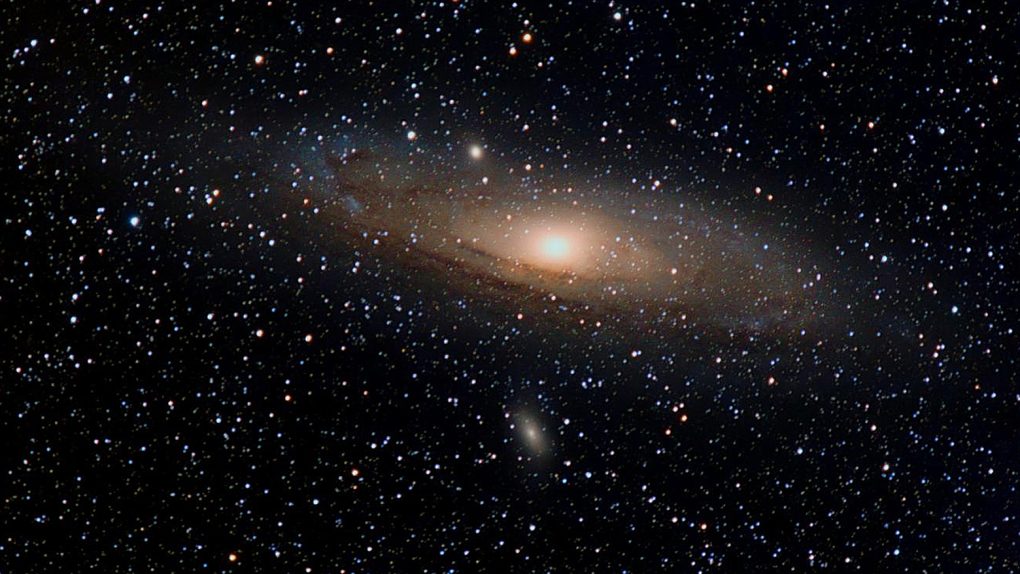When we think about the survival of the human race we often focus on making sure our planet stays alive and habitable, but out there in the depths of space there are entire galaxies being killed off in a manner that is utterly perplexing scientists. A new paper (PDF) from researchers working at the International Centre for Radio Astronomy Research addresses the odd and extremely troubling trend and attempts to propose an answer for what exactly is leading literally thousands of galaxies to die premature deaths.
After studying a whopping 11,000 galaxies in the general vicinity of our own, scientists now believe that a process called ram-pressure stripping is leading the ailing galaxies to be purged of their gas, preventing new stars from forming and leading them to sputter out far faster than would be expected. Without adequate gas to power new star formation, the galaxies simply get cold and die.
“During their lifetimes, galaxies can inhabit halos of different sizes, ranging from masses typical of our own Milky Way to halos thousands of times more massive,” Toby Brown, the PhD candidate who headed the study, explains on the organization’s website. “As galaxies fall through these larger halos, the superheated intergalactic plasma between them removes their gas in a fast-acting process called ram-pressure stripping.”
“You can think of it like a giant cosmic broom that comes through and physically sweeps the gas from the galaxies,” Brown says. “If you remove the fuel for star formation then you effectively kill the galaxy and turn it into a dead object.”
It’s a disturbing notion, but there’s good(ish) news; the process can take tens of millions of years to actually occur, so even if you were living in a galaxy where ram-pressure stripping was occurring, you’d be long dead before it could actually affect you in any way. That’s reassuring… right?








